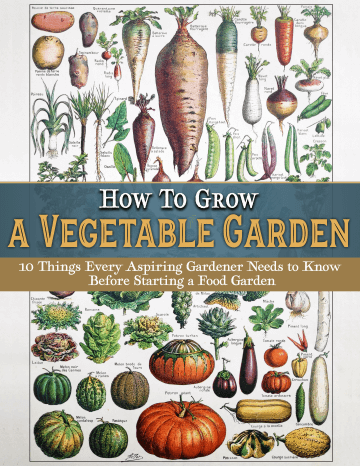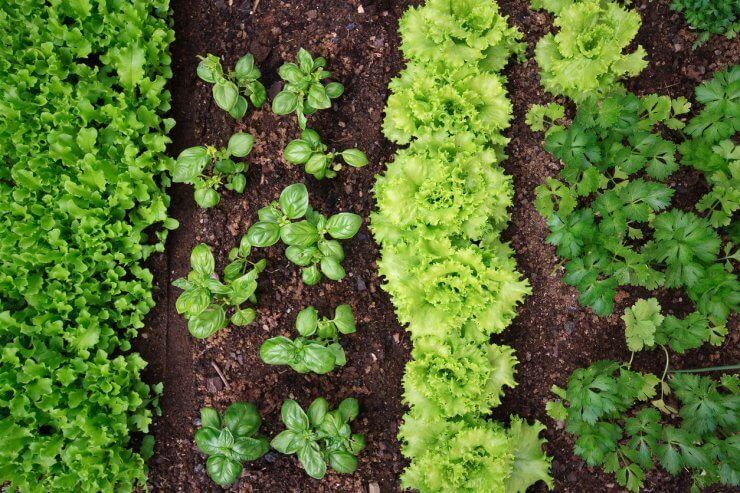
Some delicious vegetable crops can take months to mature. And while I’m more than happy to get my hands dirty and play the long game, I also need to have something to look forward to in the short term. That’s why I like to stagger my vegetable planting so that something is always nearing harvest. In Springtime, I frontload crops that can stand cooler temps and try to get new veggies in the ground each month. Here are 15 of the best veggies to plant in spring and what months to start growing them.
Discover 10 top tips for growing, harvesting, and enjoying fruits, vegetables, herbs and more from your home garden—when you access the FREEBIE How to Grow a Vegetable Garden, right now!
March
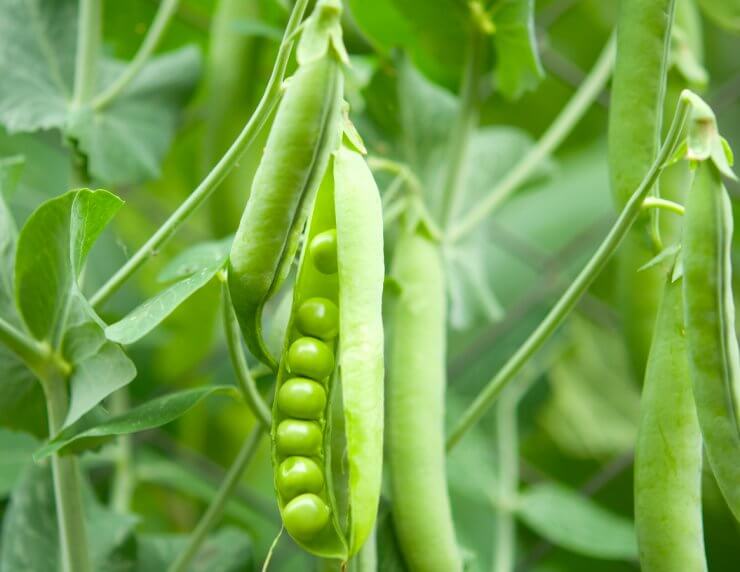
1. Peas
Peas don’t like to be transplanted so sowing them directly into your garden is the way to go. Even a late snowstorm won’t hurt peas (as long as the temps don’t dip into the teens for more than a day). It’s worth noting that peas don’t do well in very hot temperatures so planting them in spring and late summer is preferred and can give you two rounds of pea harvests. Learn the best ways to weed your pea garden.
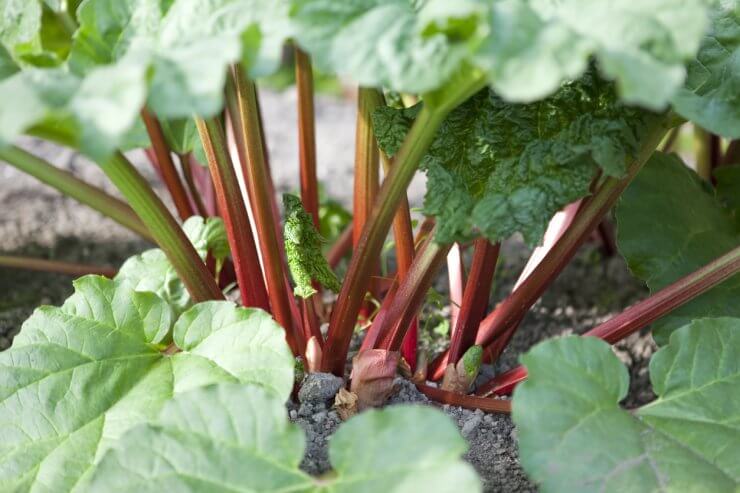
2. Rhubarb
Rhubarb is a great perennial crop to grow in cool climates and can live for at least ten years or longer! To get a real jumpstart, plant one-year-old rhubarb crowns rather than starting rhubarb from seeds. You can plant from seeds but don’t expect to get a crop until year two. A tip for rhubarb is to remove flower stalks when you see them so the plant can concentrate on the delicious leaf stalks instead.
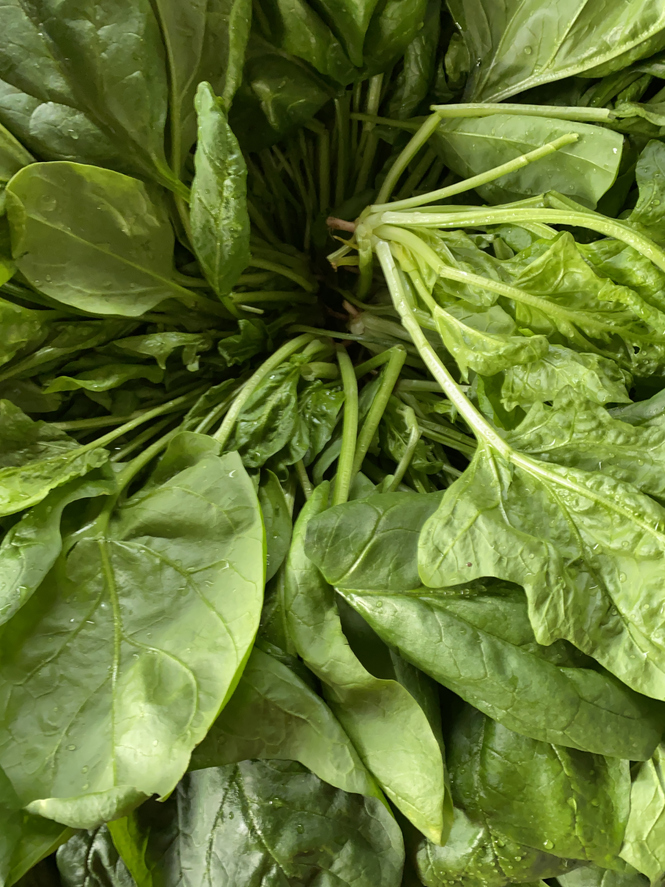
3. Spinach
Ready in about 30 days, spinach is the queen of best veggies to plant in spring. Spinach hates hot weather and is an ideal crop for spring and late summer/fall. A trick to accelerate your spinach seed germination is to put the seed in a plastic bag with a damp paper towel for a few days before sowing. You can never have enough spinach since there are easy ways to preserve extra-large spinach yields.
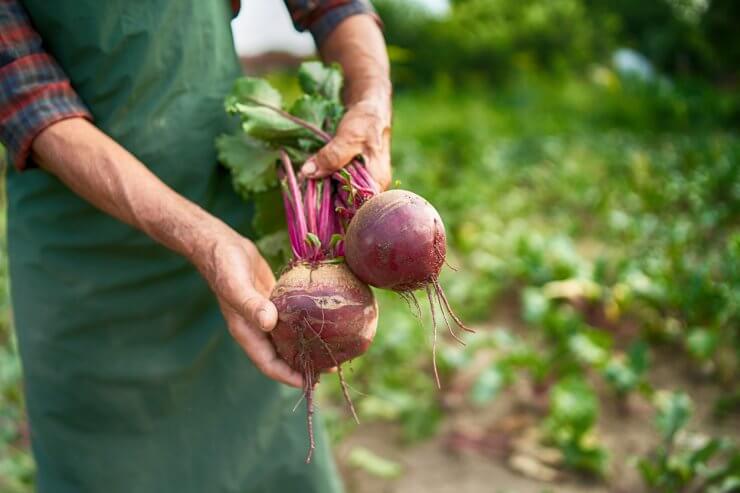
4. Beets
Beets can be planted repeatedly throughout the spring and summer by sowing a new round of seeds every two to three weeks until the daytime temps get into the mid-70s. If your soil is cooler than 50 degrees, germination may take a couple of weeks, otherwise, they germinate in about a week. Once the dog days of summer are over, plant beets again for the fall season.
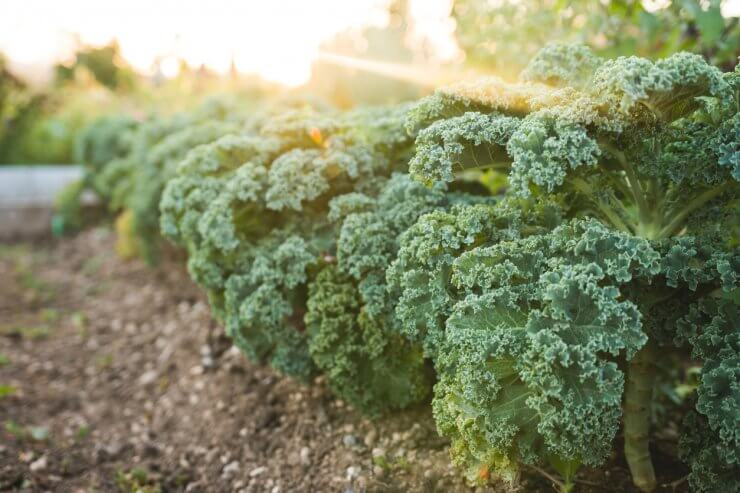
5. Kale
Kale is another plant that prefers cooler temperatures and does well in the spring and fall. What makes kale one of the best veggies to plant in spring is its quick sprout time of five to eight days. For larger kale plants, sow a group of four seeds a half-inch deep, spaced every 12 inches or so. If you want to get baby kale leaf production, sow about 60 seeds in a 12-inch long band, with the band being about 3 inches wide.
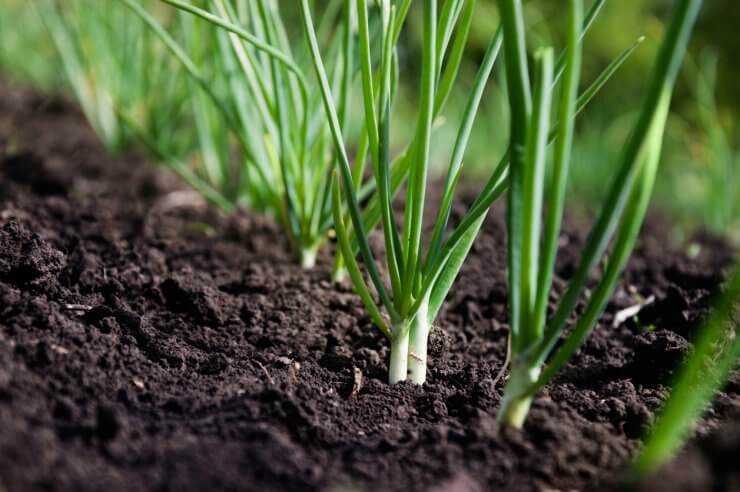
6. Spring Onions
Spring onions are the MVP of best veggies to plant in spring because you can start them as soon as the ground stays above 20 degrees and can grow all summer long. Every part of the spring onion is edible (and delicious) and makes for a great kitchen garden crop. Another benefit of spring onions is that they are perennials that will yield high even within a small space.
April
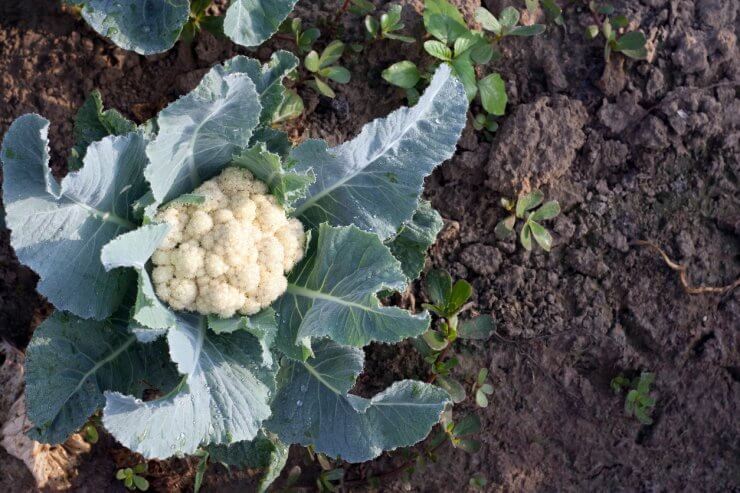
7. Cauliflower
Cauliflower will be ready to harvest in about 2 months. The “Snow Crown” variety is the best type for spring growing. You’ll have an easier time if you start these seeds indoors and they should germinate within two weeks. Wait until four or five leaves appear before transplanting outdoors. When planting Cauliflower seedlings in your spring garden, place them 18 inches apart. It’s a good idea to keep a row cover handy if temperatures get cool.
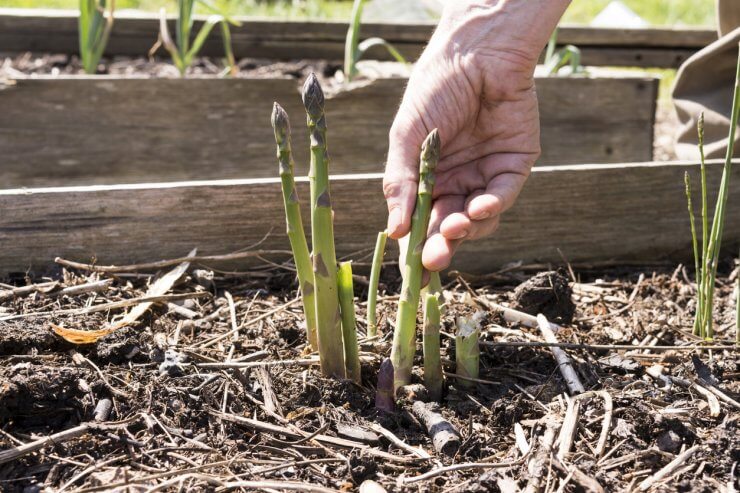
8. Asparagus
Just like rhubarb, for more instant gratification, grow your asparagus from one-year crowns. If you go the seed route, you’ll have to wait a year before you can harvest. The good news is that once you plant it, it will come back for many years as a perennial. The trick with asparagus is to keep the plant surroundings weed-free since weeds will drain the asparagus of all nearby resources. If you plant from seed, be patient since germination alone can take three weeks!

9. Potatoes
Potatoes are one of the best veggies to plant in spring because you can plant them in the ground as soon as the soil is workable. They prefer light, well-drained soil, but can adapt to many different soil types and still yield. Potatoes can tolerate a bit of frost but you should cover your crops for frost protection. Another great reason to start your potatoes early is that you can plant a second round of potatoes beginning in June, doubling your total yield. Grow potatoes in a different spot each year until at least three years have passed before using the same location. There are many different varieties to choose from so it’s worth learning which potatoes will work best in your garden.
May
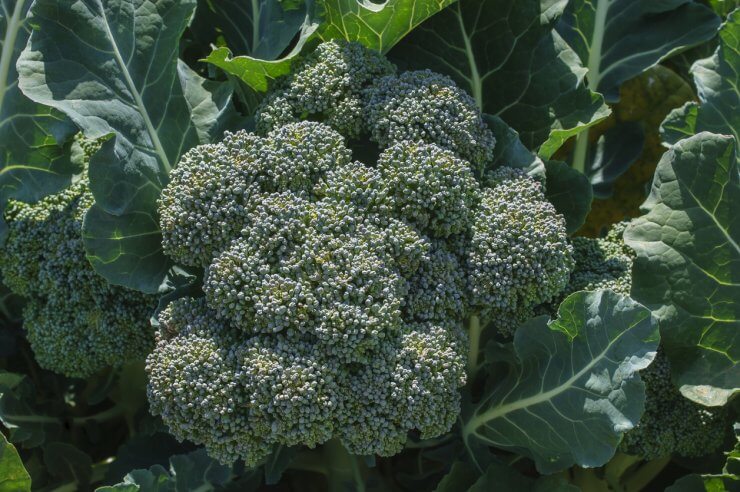
10. Broccoli
Broccoli is a great spring and fall crop, loving the sun but preferring cooler temperatures. Broccoli requires patience since it takes about 120 days from seed to harvest. As transplants, that time is cut in half. Start seeds indoors about two months before the last frost and have them ready for the garden by May. Space seedlings 18 – 24 inches apart and protect with a row cover for the first two weeks after transplanting outdoors.
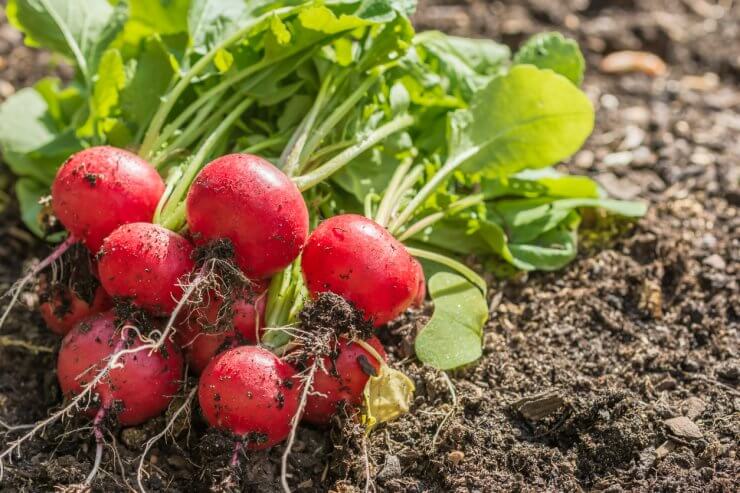
11. Radish
Radishes are among the best veggies to plant in spring because they don’t quit and they are fast. Radishes will be ready in three weeks, making them a great vegetable for someone like me who occasionally suffers from garden impatience! Once you direct sow seeds you can start another round of seeds in as little as 10 days in cooler spring temperatures. Plant these veggies again in the fall for an extended growing season.
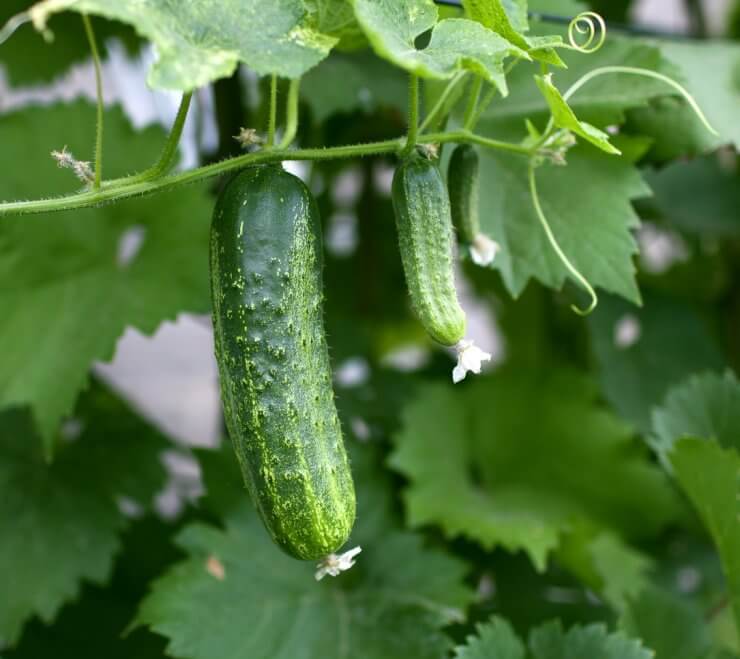
12. Cucumbers
Cucumbers like a slightly warmer soil temp and do best when the ground stays at 60 degrees or higher. Direct sow two seeds into about an inch of soil spaced at about 18 inches apart. Some varieties that grow in a bush form can be spaced a bit closer. Seedlings will pop out quickly in a few days. Cucumbers harvest at different paces but in general, will be ready for harvest in 50 to 70 days.
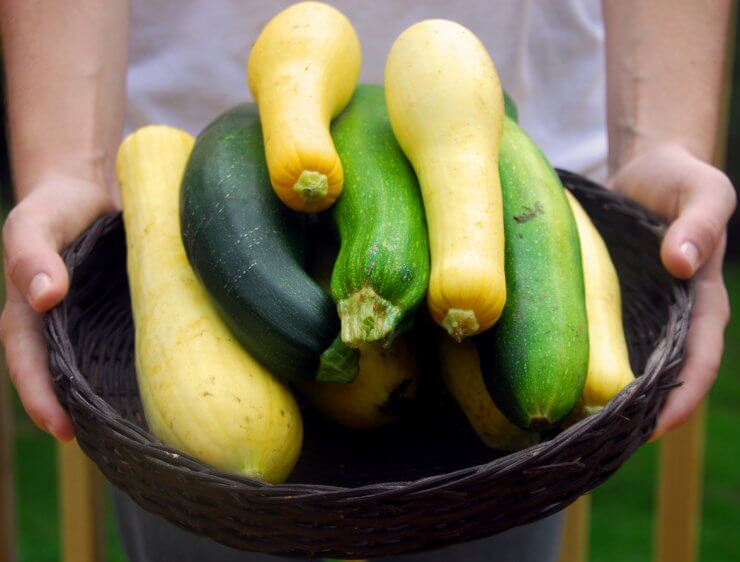
13. Summer Squash and Zucchini
Like cucumbers, squash and zucchini need ground temperatures of at least 60 degrees. Place a pair of seeds in one hole about one inch deep and two feet apart. A tip to protect seeds while they germinate is to cover each pair of seeds with a clear jar or half of a recycled plastic bottle. You’re basically creating a mini cold frame around the seed.
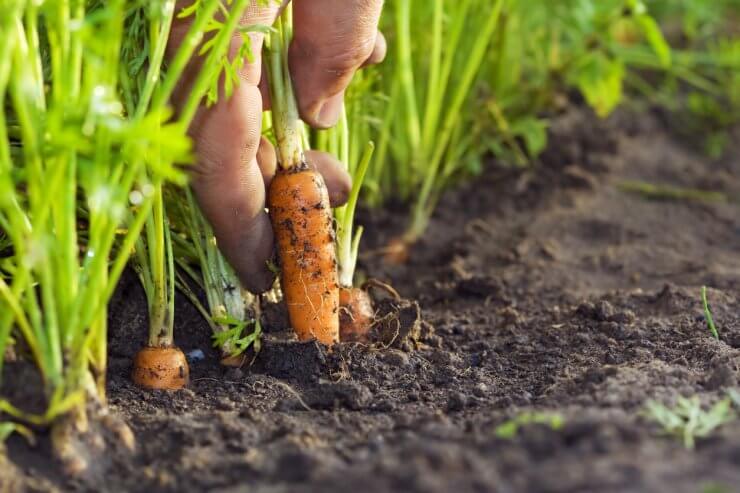
14. Carrots
Carrots are cold-weather tolerant and will do well even in frost once established. Direct sow seeds a 1/2 of an inch deep and a 1/3 of an inch apart. After seedlings sprout to about two inches, thin so that there’s one plant every three inches.
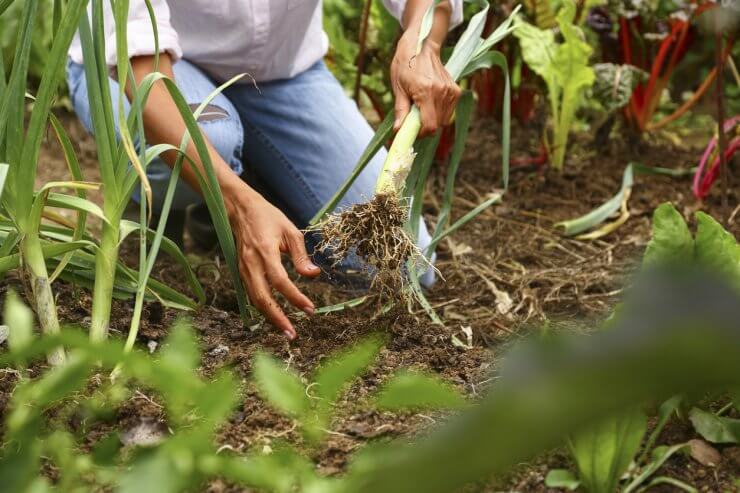
15. Leeks
Cousin to the spring onion, leeks take a little longer to mature, but are well worth it once established because they are perennial. Leeks become very hardy over the years and you can even harvest some in early spring right about the time the snow is melting! Leeks do well with a trench-planting technique since it blanches the stems making the plant more flavorful. Trenches should be 5-6 inches deep and about 5 inches wide. As the plant grows, backfill around the stems gradually over the course of the growing season. This process lightens the leek’s color at the base and makes it more tender.
What are your favorite veggies to plant in spring? Do you have any tips for an early harvest? Share your ideas in the comments!
Discover 10 top tips for growing, harvesting, and enjoying fruits, vegetables, herbs and more from your home garden—when you access the FREEBIE How to Grow a Vegetable Garden, right now!


